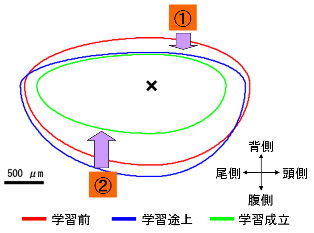 |
Operant Conditioning |
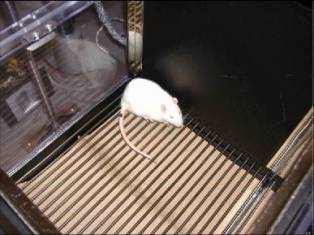 |
Classical Conditioning We are doing behavioural experiments and electrophysiological experiments to study the plasticity of the auditory cortex. |
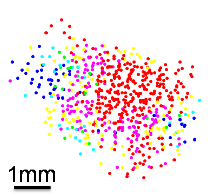 |
The linkage between map organization structure and single neuron
processing in the auditory cortex Many previous studies demonstrated that the primary sensory cortex has functional clustering structures as a foundation for information processing. For example, the auditory cortex has the tonotopic map which is a topology preserving mapping of acoustic frequencies. On the other hand, the analytic methods for single neuron study are developing in order to resolve how neurons can encode the information of external stimuli. In particular, recently dual coding hypothesis which combines rate coding and temporal coding attracts attention as a new rule which resolves this problem, and many physiological results support this hypothesis. Previous studies, however, hardly clarify how this two concepts link each other. The objective of my study is to demonstrate that application of the method used in the single neuron study against whole auditory cortical neurons can bridge the gap between these concepts, and to find out the mechanism of the hierarchical neural network. Details |
| No image | Auditory cortical computation of qualia for sensing environmental atmosphere I search the nerve potential elicited by changes of sound. (MMN) |
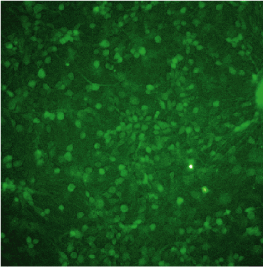 |
Cell Culture We are studying the brain's ability to learn and remember by developinglong-term, two-way interfaces between mammalian brain cells grown in culture and an experimenter's computer. The cells spontaneously grow, forming networks, and begin electrically and chemically communicating with each other within weeks. We have joined their conversations in a variety of ways including: electrically stimulating and recording cell activity via 60-electrode and 11,011-electrode substrate arrays and via a custom built light-addressable electrode substrate; optically recording activity via calcium dyes; and using light itself to stimulate genetically modified cells. We observe their network dynamics and neural plasticity and analyze how this can scale to produce cognition. |
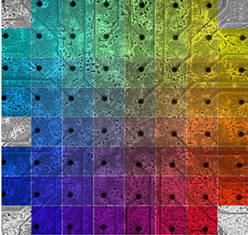 |
Learning in vitro I grow cortical neurons over grids of electrodes and seek how rules of neural network communication can scale to produce cognition: learning, memory, and creativity. Details |